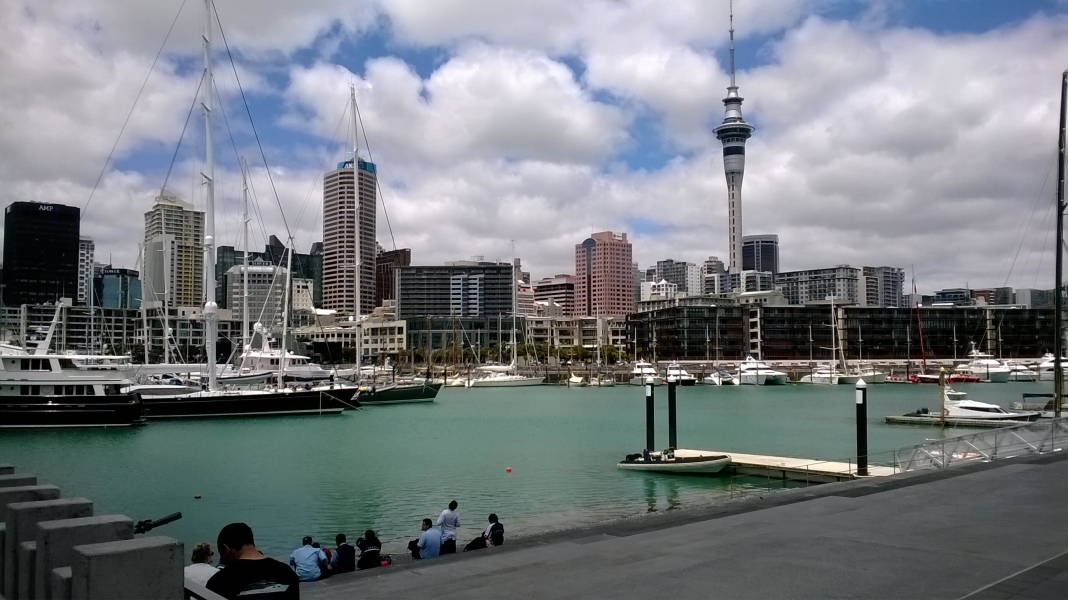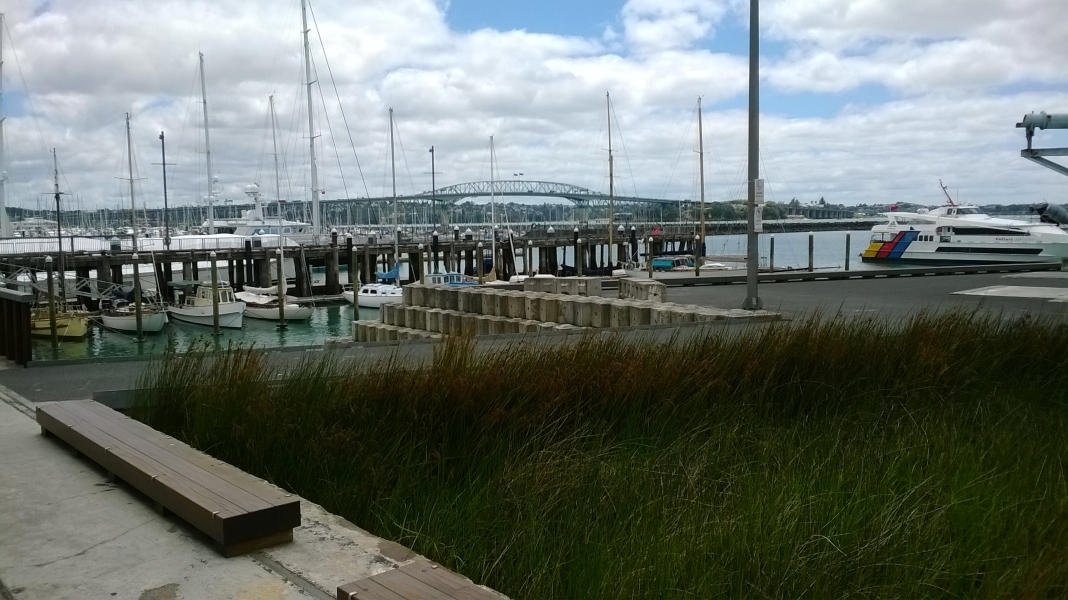New Zealand’s cities are built next to streams, rivers and harbours, but urban development has resulted in the degradation of these water bodies.
Contaminants such as heavy metals discharged in urban stormwater runoff affect water quality and ecosystem health, with consequential impacts on ecosystem services. Put simply, these are the benefits we obtain from ecosystems. In the context of urban water bodies, these services may include ‘provisioning’ activities such as fishing and shellfish collection, and recreational activities such as swimming, boating or relaxing alongside river or coastal margins. In this research, NIWA and Cawthron Institute are developing a decision support system (DSS) for assessing the impacts of alternative urban development scenarios on ecosystem services available from urban streams and estuaries. A current focus of the project is the development of indicators of the resilience of urban water bodies. Here, resilience means the ability of an urban water body to continue to provide ecosystem services in the face of the effects of urban development. While resilience is often understood to mean the ability to withstand or bounce back from sudden catastrophic events, the effects of urban development on water bodies can be the result of gradual, long term changes, such as a steady increase in the muddiness of estuary sediments or heavy metal contamination. Over time the vulnerability of the water body increases and, eventually, it may reach a ‘tipping point,’ or threshold, beyond which ecosystem health and the provision of ecosystem services declines abruptly. It is the vulnerability to these sorts of changes that we are aiming to assess through the development of resilience indicators. While it should be possible to assess how the condition of a water body has changed over time relative to some threshold, there is significant uncertainty over where ecological thresholds lie and how they interact, prompting us to investigate a complementary approach. In our research we have established that changes in the levels of satisfaction experienced by individuals in their relationships with natural water bodies are a reflection of environmental quality. As characteristics such as water quality, muddiness and ecosystem health deteriorate so does the quality of people’s experiences. We are currently investigating the nature of relationships to determine whether satisfaction levels are helpful in evaluating the resilience of urban water bodies. We have defined critical points in rates of loss of satisfaction for activities such as fishing and shellfish collection as environmental quality declines. These critical points appear to coincide with zones of increased vulnerability in underlying ecosystem health, based on expert assessments of the location of key ecological thresholds. The next challenge for the project is to assess how these assessments of satisfaction can be used to complement information on ecological thresholds in the development of resilience indicators for incorporation in the DSS.
External Collaborator: Chris Batstone (Cawthron Institute)



